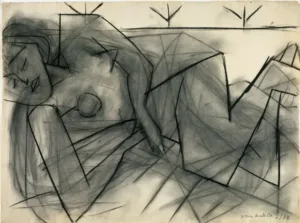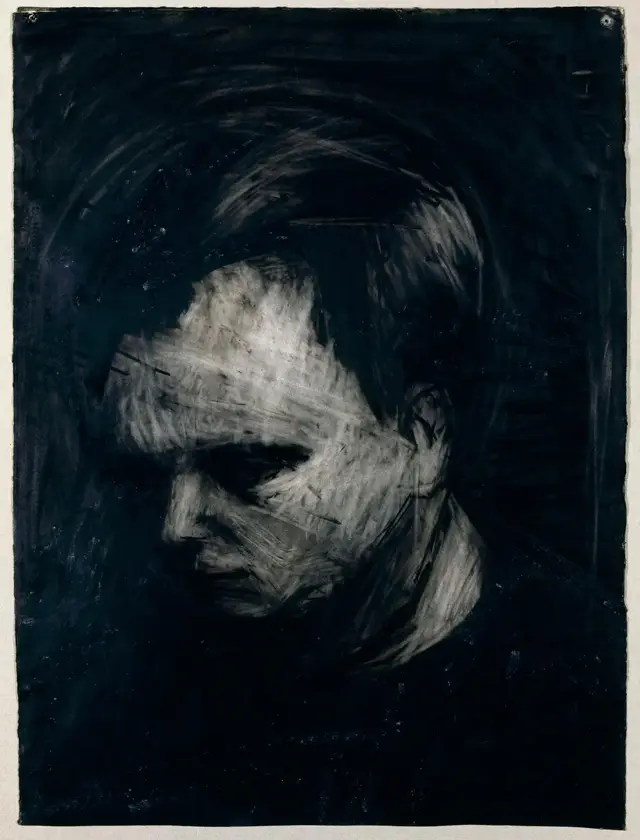Charcoal Drawing
It’s time to get your hands dirty! Charcoal is an immediate and expressive medium and ideal for work running the gamut from the ideation phase to finished charcoal drawings. Such a great medium to use for understanding the tonal range of the subjects you are trying to represent. You can add and subtract your marks trying to find the correct shade or line and quickly become lost in the physicality of the act of drawing. There is a low barrier to entry (a stick of charcoal and a piece of paper) with this material and with practice and effort you can create finished pieces that stand alone as art in their own right and not simply a foundational sketch for a subsequent painting or sculpture.
Willow Charcoal
Willow charcoal are a light carbonized twigs from a willow tree. Holding a thin stick of this natural charcoal in your bare hand and making a mark on a surface is as elemental as it gets. Perfect for the initial drawing on canvas when mapping out a painting. Willow charcoal will disappear when painted on – especially with oil paints. When drawing with willow charcoal on paper you’ll get a dark wispy grey that can be wiped away fairly easily.

Compressed Charcoal
Being handed a thick, square stick of compressed charcoal and creating a huge mess is a rite of passage. Compressed charcoal produces an intense black mark while being unwieldily and difficult to control. Taming this medium takes practice. You can be ambitious with compressed charcoal, create something loose, a little more abstract. Use high contrast to get a dramatic, graphic quality to your work. An eraser to cut in the highlights is highly effective – be prepared to use some force. Compressed charcoal won’t erase as easily as willow charcoal. See the work of Frank Auerbach as an example of an artist who continually erases and rededicates marks to his charcoal drawings. Auerbach used a typewriter eraser on his work. Highly effective as these erasers are hard and have a thin edge.

There are a myriad of different brands of sticks and pencils all offering varying degrees of control. You can get maximum control with a charcoal pencil, although you’ll find yourself sharpening the pencil frequently as charcoal burns out quickly in that format. For more delicate, detailed drawing, graphite rather than charcoal will be a better choice.
Kneadable Eraser
There are two uses for an eraser when drawing with charcoal. The first and obvious one being to erase sections of your work that need to be gone for reasons such as changing some compositional elements. The second being to use the eraser as a drawing tool in its own right. To perfect your work in charcoal you’ll need to become proficient at using an eraser in symbiosis with your charcoal. A deft hand with an eraser to produce a highlight on an object is a good skill to possess. A kneadable eraser is recommended.
Drawing Surface
The paper you choose to draw on with charcoal is important. Don’t go for a smooth cold-pressed style paper. The charcoal won’t adhere properly to this surface and you’ll be left with less than desirable results. You need a cotton paper with a little tooth so your charcoal will “catch” to the surface correctly. Canson and Fabriano make excellent drawing papers for charcoal.
Drawing with charcoal will test your abilities but will also encourage you to observe more closely the subject you are trying to render, and ultimately the process will expand your range of artistic skills.
